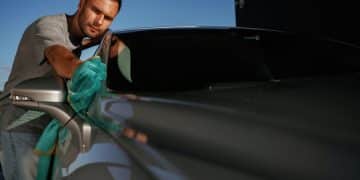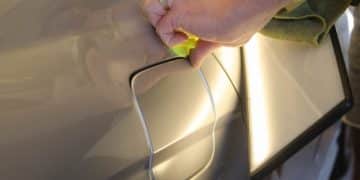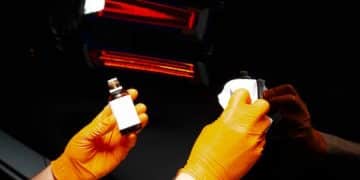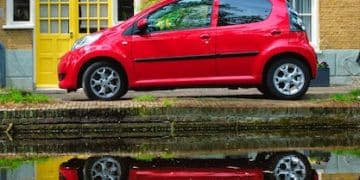Detailing Clay Bar: Unlock a Showroom Shine for Your Car
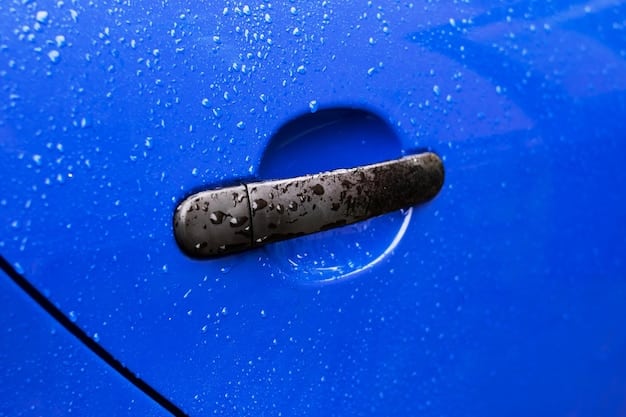
Detailing clay bars are the secret weapon for achieving a flawlessly smooth and glossy car finish. They effectively remove embedded contaminants that washing alone can’t touch, preparing the paint for waxing and polishing, enhancing the overall appearance and longevity of your vehicle’s paint.
Want to give your car that head-turning, showroom-worthy shine? The secret lies in a seemingly simple tool: the detailing clay bar. But mastering its use is key to unlocking its full potential. This article will guide you through everything you need to know about detailing clay bars, from choosing the right one to using it properly, ensuring a flawless finish every time.
Detailing Clay Bar: The Secret to a Showroom Shine (and How to Use It Properly)
A detailing clay bar is a must-have tool for car enthusiasts and anyone looking to achieve a professional-quality finish at home. It’s designed to remove those stubborn contaminants that washing simply can’t dislodge, leaving your car’s paint smooth, clean, and ready for the next steps in the detailing process.
So, what exactly are these contaminants, and why are they so bad for your car’s paint? And how exactly does a detailing clay bar work to get rid of them? Let’s dive in!
Understanding the Importance of Using a Detailing Clay Bar
Before diving into the how-to, it’s crucial to understand why you should use a detailing clay bar. Your car’s paint is constantly bombarded with environmental contaminants. These can include things like industrial fallout, brake dust, rail dust and overspray.
These tiny particles embed themselves in the clear coat, creating a rough texture and hindering the paint’s ability to reflect light properly. Over time, this can diminish your car’s shine and even lead to paint damage.
The telltale signs you need to use a detailing clay bar
- Rough Texture: Run your hand over your car’s freshly washed paint. Does it feel gritty or rough? That’s a telltale sign of embedded contaminants.
- Reduced Shine: Is your car’s paint looking dull, even after a wash and wax? Contaminants can prevent the wax from bonding properly, reducing its effectiveness.
- Visible Particles: Look closely at your car’s paint, especially in direct sunlight. Can you see small, dark specks embedded in the clear coat?
Using a detailing clay bar regularly removes these contaminants, restoring your paint’s smoothness, gloss, and overall clarity. Incorporating proper use of a detailing clay bar into your detailing routine will not only improve the appearance of your car but also protect its paint from long-term damage.
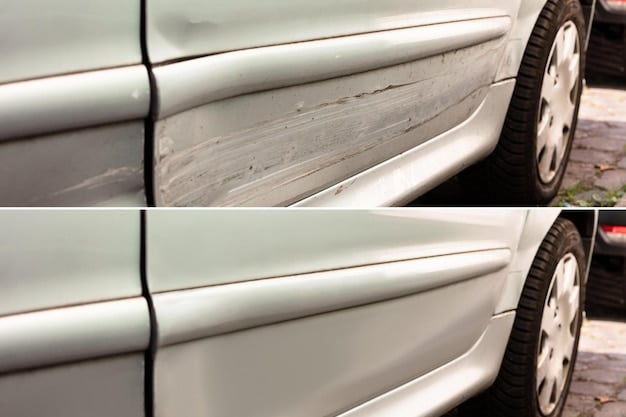
Choosing the Right Detailing Clay Bar for Your Needs
Not all detailing clay bars are created equal. They come in different grades, each designed for specific levels of contamination and paint types. Selecting the right clay bar is crucial to avoid scratching or damaging your car’s paint.
Below are the three main types of detailing clay bars:
Types of Detailing Clay Bars
- Mild Clay Bars: These are the gentlest type and are ideal for removing light contamination on well-maintained vehicles. They are suitable for newer cars with delicate paint finishes.
- Medium Clay Bars: These are a good all-around choice for moderately contaminated vehicles. They strike a balance between cleaning power and safety.
- Aggressive Clay Bars: These are the most abrasive type and should only be used on heavily contaminated vehicles with durable paint finishes. They are not recommended for beginners or delicate paint.
When in doubt, it’s always best to start with a mild clay bar, followed by a medium if necessary. This minimizes the risk of causing scratches or swirl marks. Always make sure that whichever product you use is of a high quality. This ensures that you can safely and effectively use your detailing clay bar.
Step-by-Step Guide: How to Use a Detailing Clay Bar
Now that you’ve chosen the right detailing clay bar, it’s time to put it to use. Following these steps carefully will ensure a safe and effective clay bar treatment:
Here is a breakdown of what to do:
Step 1: Wash Your Car Thoroughly
Before using a clay bar, wash your car thoroughly to remove loose dirt and grime. Use a high-quality car wash soap and a microfiber wash mitt. Rinse thoroughly and dry with a clean microfiber towel. If you don’t properly clean a vehicles’ surface before using a detailing clay bar, it could lead to disastrous results. Make sure that it is properly cleaned before beginning.
Step 2: Lubricate the Surface
Clay bars require lubrication to glide safely over the paint surface. Use a dedicated clay lubricant or detailing spray. Spray a generous amount of lubricant onto a small section of the car’s paint.
Step 3: Claying the Surface
Remove the clay bar from its packaging and knead it into a flat, circular shape. Gently glide the clay bar over the lubricated surface using light to moderate pressure. Work in overlapping motions, covering the entire section. You must consistently knead the clay to expose new, clean surfaces. The use of a clay bar can be improved by using a lubricant which is crucial for the clay bars usability.
Step 4: Wipe Clean and Inspect
After claying a section, wipe away any remaining lubricant with a clean microfiber towel. Inspect the clay bar. If it’s heavily contaminated, fold it over to expose a clean surface. Repeat the process until the entire car surface has been clayed.
Essential Tips for Safe and Effective Clay Bar Use
To ensure a safe and effective clay bar treatment, keep these tips in mind:
Avoid Dropping the Clay Bar
- Dropping the clay bar on the ground can contaminate it with dirt and debris. If this happens, discard the clay bar immediately to avoid scratching your car’s paint.
Use Plenty of Lubricant
- Insufficient lubrication can cause the clay bar to stick to the paint, leading to scratches. Always use a generous amount of clay lubricant or detailing spray.
Work in Small Sections
- Claying the entire car at once can cause the lubricant to dry out, making the clay bar difficult to glide. Work in small, manageable sections.
Dispose of Used Clay Properly
- Once the clay bar becomes heavily contaminated, discard it properly. Do not attempt to clean it or reuse it, as this can damage your car’s paint.
By following these tips, you can safely and effectively use a detailers’ detailing clay bar to achieve a flawless finish on your car.
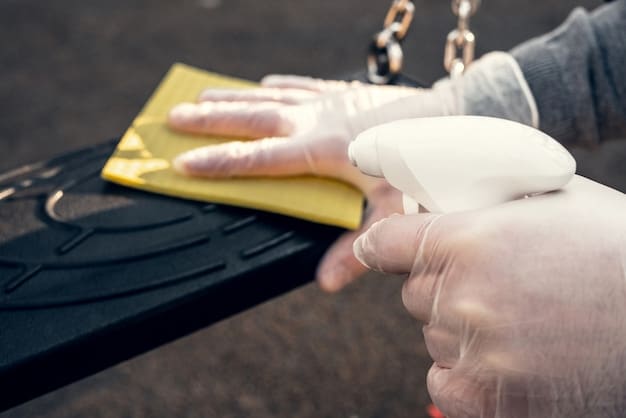
Maintaining and Caring for Your Detailing Clay Bar
Properly maintaining your detailing clay bar will extend its lifespan and ensure its effectiveness. Store your clay bar in an airtight container to prevent it from drying out or becoming contaminated. Keep your clay bar free of dust, grime and other particles.
Regularly inspect your clay bar for embedded contaminants. Fold and knead the clay frequently during use to expose clean surfaces and prevent scratching. With proper care, a detailing clay bar can last for several uses.
A good clay bar will provide a better experience when claying your ride.
| Key Point | Brief Description |
|---|---|
| ✨ Contaminant Removal | Clay bars remove embedded particles that washing misses. |
| 🛡️ Paint Protection | Claying protects against long-term damage from contaminants. |
| 🧽 Proper Lubrication | Use plenty of clay lubricant to avoid scratches during use. |
| 🧤 Safe Handling | Always knead and fold the clay, and discard if dropped. |
Frequently Asked Questions (FAQs) about Detailing Clay Bars
A detailing clay bar is a tool used to remove embedded contaminants from your car’s paint, such as industrial fallout, brake dust, and overspray. It helps restore smoothness and shine to the paint surface.
The frequency depends on your driving environment and how well you maintain your car. Typically, claying your car every 6-12 months is sufficient for most vehicles.
No, you should never reuse a dropped detailing clay bar. It can pick up dirt and debris that will scratch your car’s paint. Always discard it and use a fresh piece of clay.
Use a dedicated clay lubricant or detailing spray specifically designed for clay bars. Avoid using soap and water, as they can damage the clay and cause scratching.
No, a detailing clay bar will not remove scratches. It only removes surface contaminants. For scratches, you’ll need to use a polishing compound or seek professional paint correction.
Conclusion
Using a detailing clay bar is a surefire way to revitalize your car’s paint, removing stubborn contaminants and bringing back that showroom shine. By following the steps outlined in this guide, you can safely and effectively clay your car at home, saving money and achieving professional-quality results.
Remember to choose the right clay bar, use plenty of lubricant, and work in small sections for optimal results. Happy detailing!
